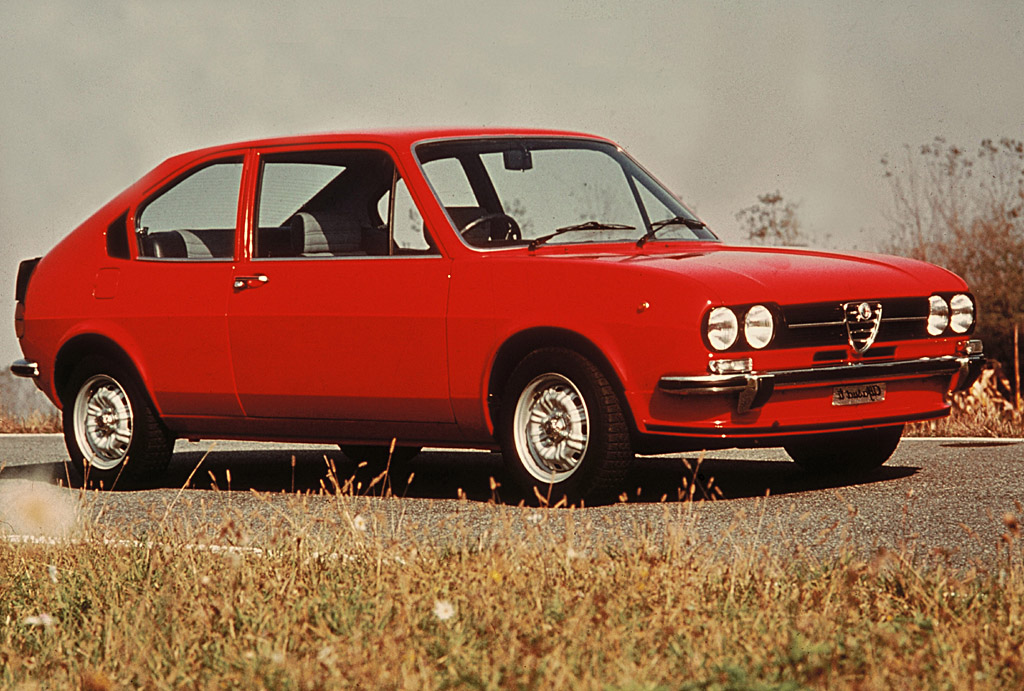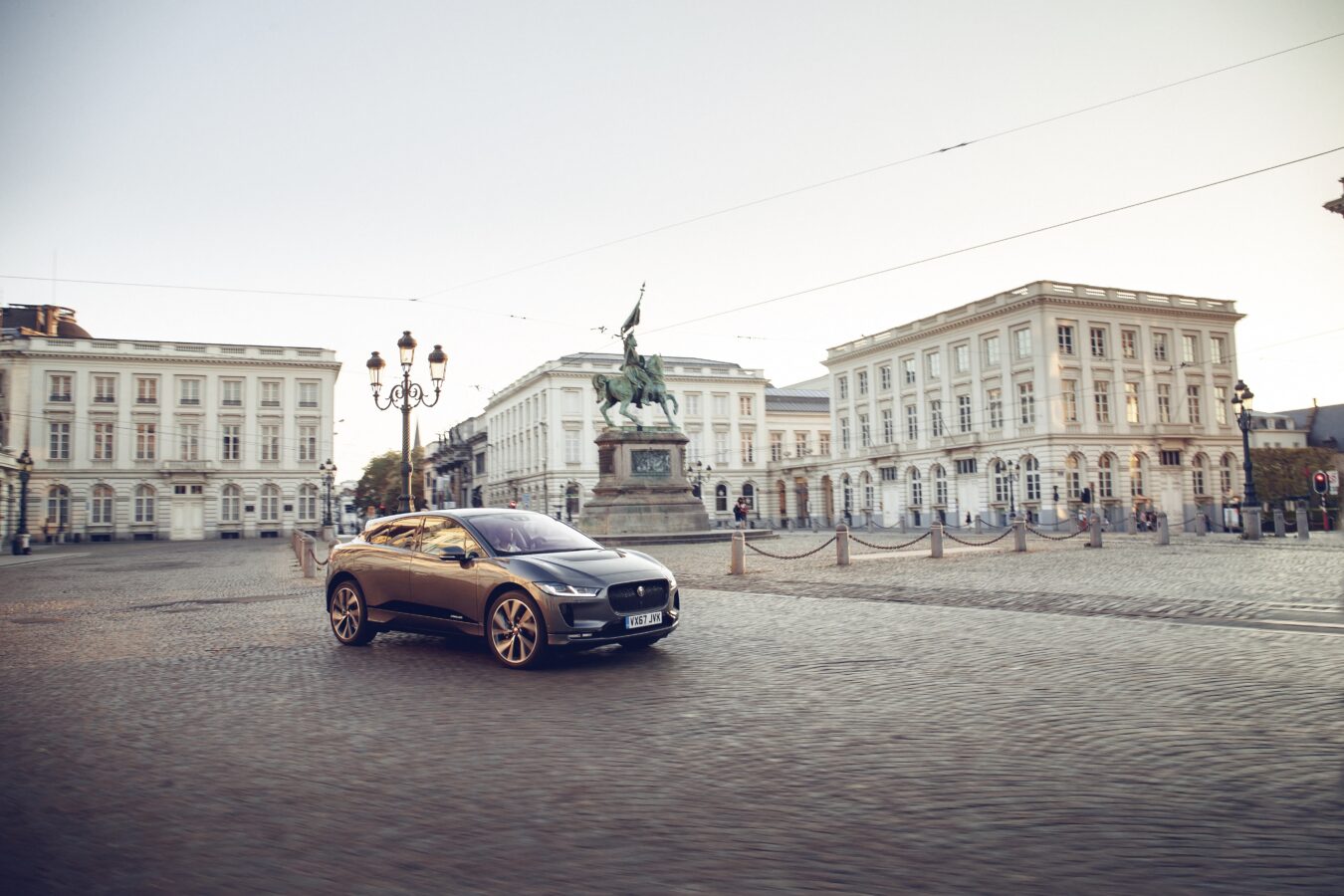I would not be the first to predict the demise of the conventional motor show as we know it. Years have passed since the UK’s own flagship new car event fell by the wayside never to be properly replaced, and excitement levels at the remaining landmark shows don’t perhaps hit the highs of previous events.
The automotive media still gets excited at the prospect of a proper, old school motor show, and a devoted slice of the general public enthusiastically attends, but nevertheless, there are fewer exclusive launches at these events and while the lights are brighter, in many ways there’s less to see.
This doesn’t mean there’s less enthusiasm for the motor industry, or less is happening somehow. The stage is simply relocating from London, Birmingham, or wherever else that might call it a day, to other platforms which are cheaper, more twenty-first century and very nearly as tactile.
From new car launches which can be streamed through the manufacturer’s website or via social media to increasingly spectacular virtual showrooms designed in high resolution, automotive heavyweights have, understandably, been thinking twice about launching or displaying their vehicles at motor shows for years.
F1 teams, notably Sauber and the Scuderia Ferrari team, car manufacturers – including Nissan which recently launched its second generation Qashqai via the net – and others are choosing alternative, novel means to showcase their latest metal. The communications business has played its part to some extent; for all but the biggest hitters, the battle for column inches during a motor show is fierce and there are usually only a few winners. Other options are often far more appealing in terms of generating interest and genuine excitement.
A cursory rummage through the coverage of the recent Detroit motor show revealed that the radical looking Toyota FT-1 Concept was certainly among the winners, so too was the more conventional BMW 2-Series.
On the other hand, until I rifled through the various write-ups, the fact a new version of SRT Viper had been launched escaped my notice. The appearance of the brand new Subaru WRX STI in Detroit caused but an inconsequential ripple, too.
While I don’t think virtual motor shows, where manufacturers could coalesce online for the public to inspect, are about to take off, digital platforms will increasingly play their part. At the same time, the traditional, all under-one-roof motor show will remain for the time being. However, more niche events where there’s greater scope to wow the punters, like the Goodwood Festival of Speed (GFoS) for example, or the Cholmondeley Pageant of Power will momentum.
The demise of the British motor show has certainly contributed to the surge in popularity of the GFoS, correlating quite nicely, for Lord March, with the increased costs associated with demonstrating a product at the famous site. A company we know well was negotiating with his team to set up a driving experience and can testify to the scary sum of money quoted – but they can and will demand a premium while the demand is there for a unique event like this. However, if the new home for the motoring world in the UK continues to push prices up, perhaps even more manufacturers will defect to the virtual world to launch their cars.
No doubt its stock will continue to rise for the time being, along with other smaller shows, eventually making the traditional, and eminently more replicable, motor show that little bit less relevant. The digital options available are certainly a blow to a potential return of the British motor show as we knew it, but perhaps not Lord March, yet.

















